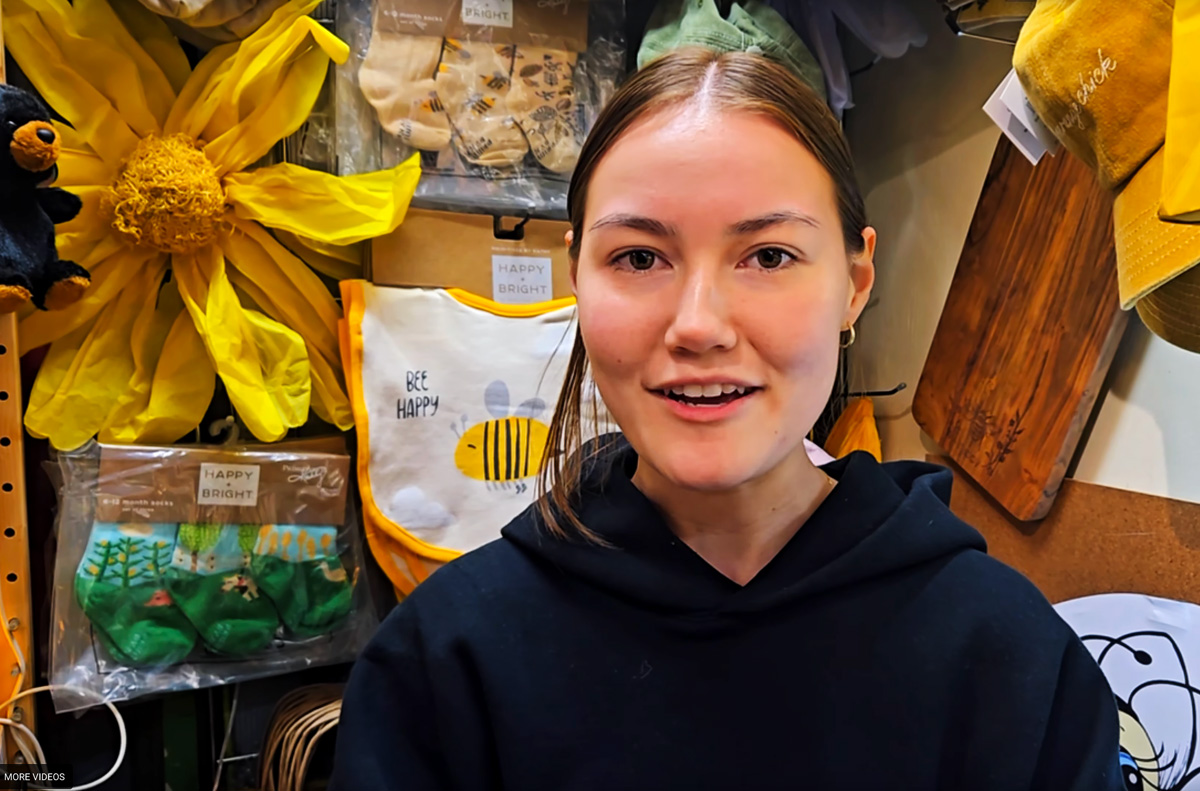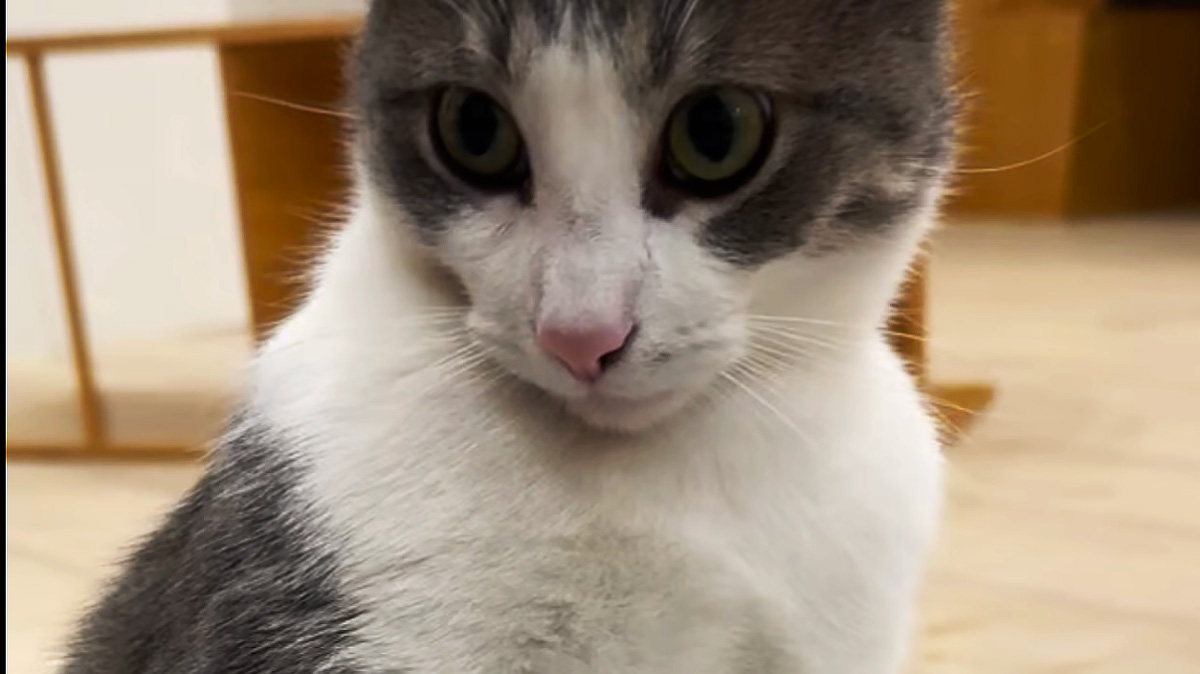by Tanisia Morris
Bronx Journal Staff Writer
The smell of steamed vegetables lingers in the air as three female cooks shuffle alongside one other in the open kitchen. One is a young Vietnamese woman that appears to be in her 20s, the other an elderly Vietnamese woman who is only referred to as “mama.” The third looks totally out of place. She is a an African woman wearing a hairnet under a black cap with a black apron.
“People look at me different,” said Mary Mattaldi. “Number one, I black. Number two, I don’t speak the Vietnamese language.”
Nevertherless, Mattaldi is the owner.
“People come in and they think that I’m not the owner or that I am a waitress whose job is to wash dishes,” says Mattaldi. “They don’t know, and you can’t blame them.”
A native of Limba County, Liberia, Mattaldi, 52, is the owner of Pho Mien Tay, a restaurant that has undergone three name changes. When Mattaldi got ownership over Pho Mien Tay, which is located on Jerome Ave between East 193 & Kingsbridge, she named it World of Taste Seafood Deli/Vietnamese Food, but prior to that the restaurant was called Phung Hung. This March, the eatery is formally known as Pho Mien Tay under a new partnership. It’s a long way coming for Mattaldi, who worked in the medical field before venturing off into the restaurant business.
She came to America in 1974 and soon after enrolled at the Harlem Hospital Center School of Radiology, graduating in the late ‘80s. From then on she worked as an X-ray technician at Beth Israel Medical Center in Manhattan and later Columbian-Presbyterian Hospital for over 10 years. The job, however, began to take a toll on her.
“It was very depressing,” said Mattaldi. “One day, I would be doing X-rays for someone who was diagnosed with cancer and another day I would be doing mammograms for someone who had lost one of her breasts to cancer. It made me sick. I had to go through the day with that sadness and sometimes I took the feeling home with me.”
Mattaldi also began to miss her homeland. She was overwhelmed by her expenses in America. While in her homeland, her utility and rent cost a fraction of what she was a paying. She said that at times the hustle and bustle of trying to remain successful in America got the best of her. “In America, one minute you’re up and before you know it, you’re down. Who has time for that?’ she said. “I got tired of the health care business.” She had a friend who was going through a similar dilemma. He was making over $70,000 as a nurse, but decided to return to Liberia. “His supervisor was telling him, ‘You’re making so much money, why
you want to give that up?’ and he just said that he didn’t want to do that anymore,” Mattaldi said. “He got tired. You get tired. You hear nurses say that they are burned out…well X-ray technicians get burned out too.”
Mattaldi, who had three adult children, thought about returning to Liberia like her husband who had left years before — but one impromptu trip down the Kingsbridge & Jerome neighborhood changed everything.
In 2002, Mattaldi, who lived in Co-Op city at the time, was shopping in the Fordham section of the Bronx when out of curiosity; she decided to walk around the Kingsbridge & Jerome neighborhood. Mattaldi saw people from all ethnicities coming in and out of Phung Hung, as it was called at the time.
“I saw a for sale sign in the window that said that they [Phung Hung] were looking for a new owner,” she said. “I came in and met with the previous owner and that was it. It wasn’t done intentionally.”
Oh, but in some ways it was intentional. Mattaldi said that she always wanted to own her own business, but her career as an X-ray technician made that impossible. She began to think her dream of owning a restaurant was possible when one of her friends opened a fish and chips restaurant in Harlem. Frustrated with her job and inspired by her friend’s restaurant venture, she decided to take a chance and follow her dream. She expressed her interest in the business to the previous owner, whose departure was a result of him wanting to spend more time with his family. He encouraged her to observe the way that the business was run since she had no experience in the restaurant field.
“I stuck around,” said Mattaldi. “I would come in the mornings and work with them and then go to my regular job [X-ray job].” She underwent a sort of training at Phung Hung for two months, watching how the foods were prepared. She would visit markets and vegetables stalls every week in Downtown Chinatown — which she still does— to buy and learn about the different ingredients used in Vietnamese dishes. She began to take what she had learned in the restaurant home.
“When I worked on First Avenue in Manhattan, there was a little place that sold noodles and I would buy a little bit of this and that and then cook it at home,” she said.
Once Mattaldi saw that she was generally interested in the restaurant, he gave over ownership. However, that wasn’t the last of Mattaldi’s obstacles. She couldn’t get any of the banks to loan her any money to jumpstart the restaurant.
“It was very difficult,” said Mattaldi. “Being a minority business owner, no one would give me loans. No one would give me anything. But I tell you, I defied them. You have to be persistent when people tell you ‘no.’ I had to save anywhere from $120,000 to $130,000 for the restaurant. All of that was out of my savings. Sometimes, I regret it because nothing is coming in now.”
But what Pho Mien Tay seems to lack monetarily, it makes up for in its food — which its customers flock to despite the fact that Pho Mien Tay is a few stores away from a Jamaican restaurant, a Dominican restaurant, a Chinese restaurant and the popular McDonalds. Mattaldi is quick to point out the difference between Pho Mien Tay and the other eateries.
“Those restaurants do a lot of fried foods,” said Mattaldi. “Here we do a lot of boiling. Our food has more flavors. It’s fresher and healthier. I go to Chinatown and shop for foods every week. I buy fresh food, fresh meat and fresh vegetables. Everything is basically fresh. For example, the sauce that we sauté meat in is from Vietnam and the customer know the difference so I have to get the real thing.”
Within minutes before four o’clock a swarm of customers come in Pho Mien Tay like bees in search of honey. A postal worker on break is seated at one of the tables eating what looks like a mini buffet of Vietnamese dishes, while a Vietnamese woman is feeding her toddler noodles with chopsticks. The cooks don’t seem the least overwhelmed by the fast-paced environment. “Mama” is boiling noodles while Mary is sautéing vegetables in a pan.
Later two Hispanic women walk in. and “Hi, Mary,” said one of the women. Before she makes an order, Mattaldi guesses what she wants. “Shrimp dish mixed with vegetables?” asked Mattaldi to which the woman nods her head — only this time she wants two orders. A young Hispanic college student dressed in high black suede boots and a sports jacket walks in and orders a rice and vegetable dish, while two teachers from nearby high school can be seen eating noodles.
A group of Chinese teens find a spot in the back of the restaurant to eat their summer rolls. The mailman leaves. “Bye, Mary. Thanks. See you next time,” he says. Soon it begins to get crowded and some people stand while they wait for their food, but no one seems to mind. It isn’t soon before “Tim” a brash Vietnamese man, who is Mattaldi’s partner in the business, heads to the back of the restaurant to pull out a fold-out table and chair — the kind of fold-out table you see at family barbeques.
The restaurant is bare to say the least. There are five circular small tables. The tables all have a medal container filled with special Vietnamese sauces and condiments like chopsticks. The walls all are white, except for the wall in the back of the restaurant, which is painted in a dreary baby blue color with a large Paraná wall decoration. A barrage of transparent refrigerators lines the walls on the left housing everything from meat to beverages.
The restaurant almost looks like a neighbored bodega that has sold all of its goods, but still manages to be a hotspot among its residents. Pho Mien Tay is one of the few restaurants whose menu includes a list of ingredients included in the dishes. It is best known for its spring and summer rolls, made of variety of meat, noodles and shrimp, and with a pair costing $2.50. A lot of time and ingredients goes into the food. Bo Kho, a beef stew, takes eight hours to cook. Bun Ga Nuong Sa, which cost $5.50, contains rice vermicelli noodles, lettuce, carrots, small spring rolls, lemon grass and mint leaves while popular seafood dishes like Hu Tieu Do Bien (rice noodle soup with combination seafood) contains everything from shrimp and squid to fish cakes and scallions.
Another customer walks in ordering a #32 which is how the other two Vietnamese cooks seem to communicate with Mattaldi, who speaks English and her native language Kpelle.
“Mommy, we need two seafoods to go,” said Mattaldi to “mama,” who is draining noodles from a pot. She doesn’t seem to understand which causes Mattaldi to repeat herself. This time she says, “We need two #32,” to which ‘mama’ replies, “Two #32, okay.”
Mattaldi, who is now a resident of Parkchester, is aware of the language barrier.
“We know enough to get by,” said Mattaldi. “They’re forced to learn some English, and I’m forced to learn some Vietnamese. I’m quick on picking things up. It’s something I learned being in the X-ray business. When I hear something over and over again, I try to remember so the next time I know what it means.”
Mattaldi often wonders if she made the right decision by becoming a business owner, but said that she doesn’t regret the decision to break away from the medical field and try something out of the ordinary.
“I’ve met a lot of nice people, but it’s not easy,” she said. “It entails a lot. But unlike working in the X-ray business, I don’t have to deal with anything depressing. People come in the restaurant happy. All they want to do is eat.”







No comments
Sorry, the comment form is closed at this time.